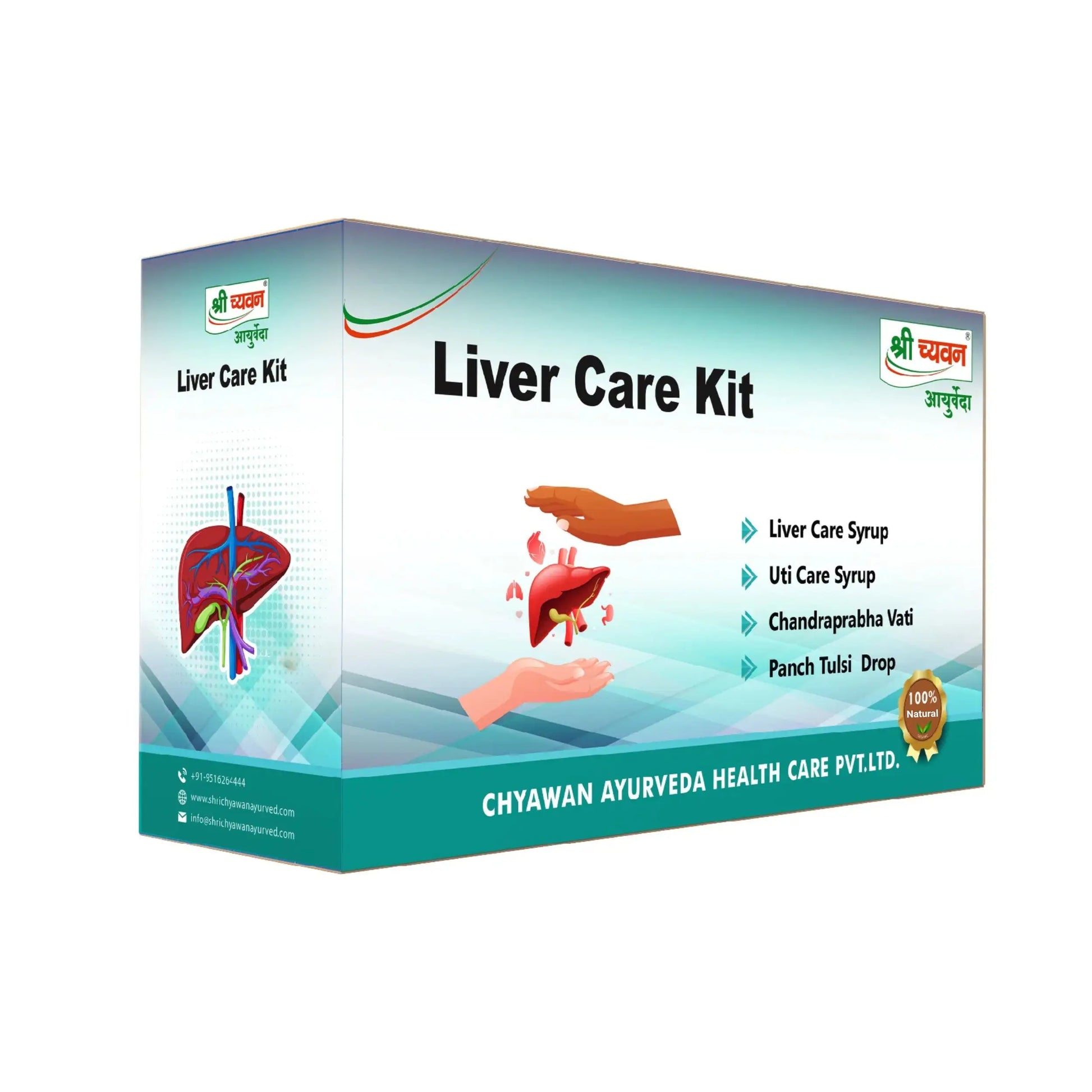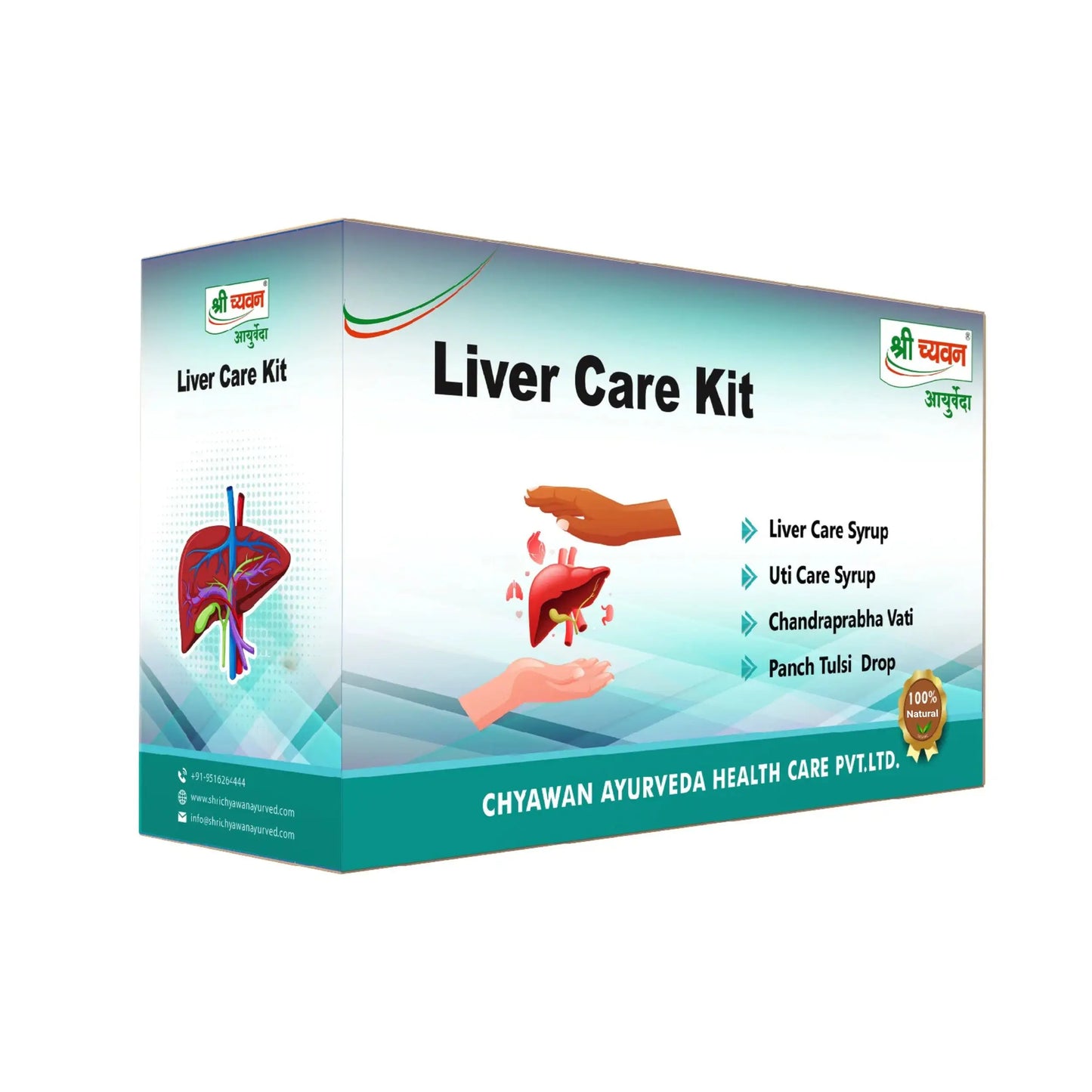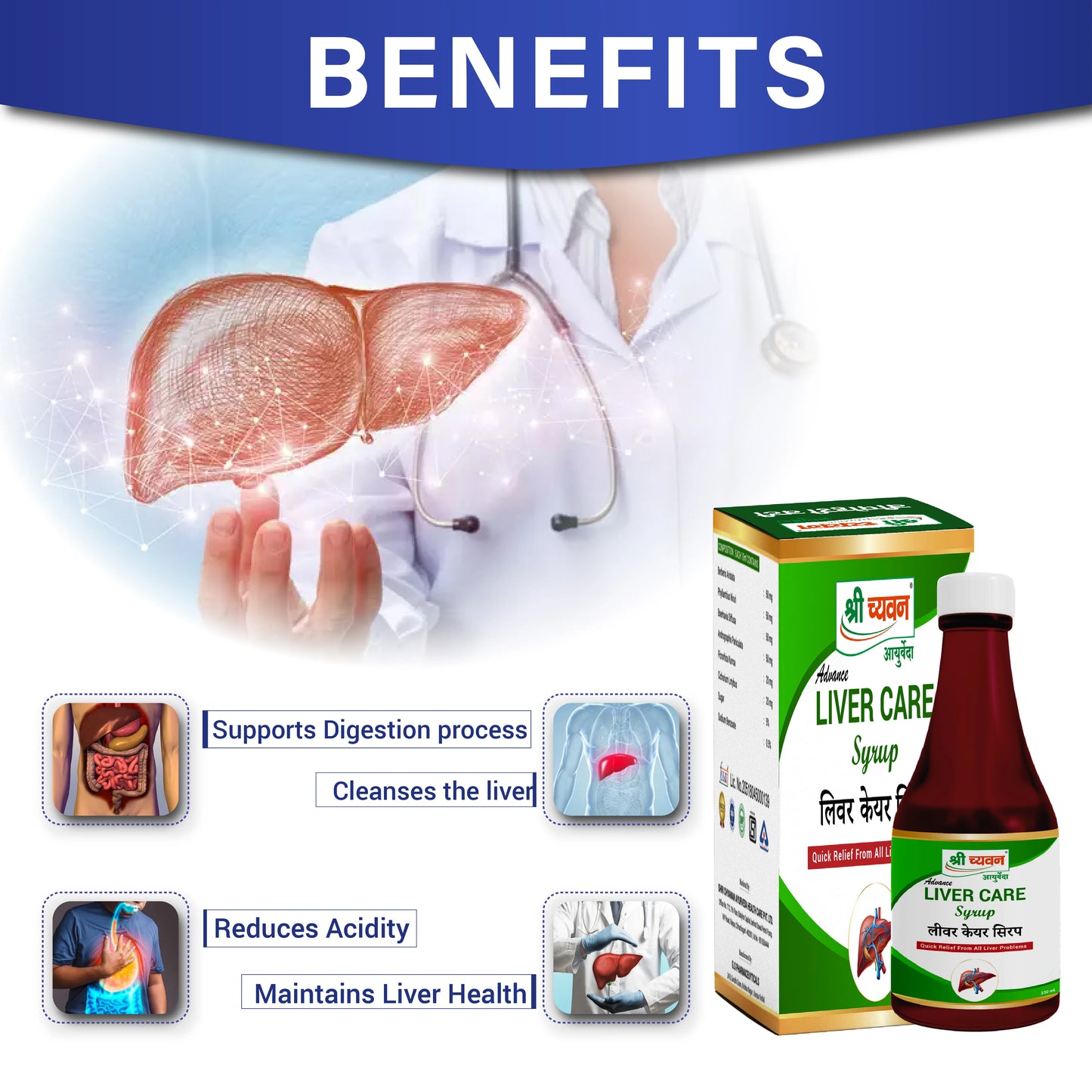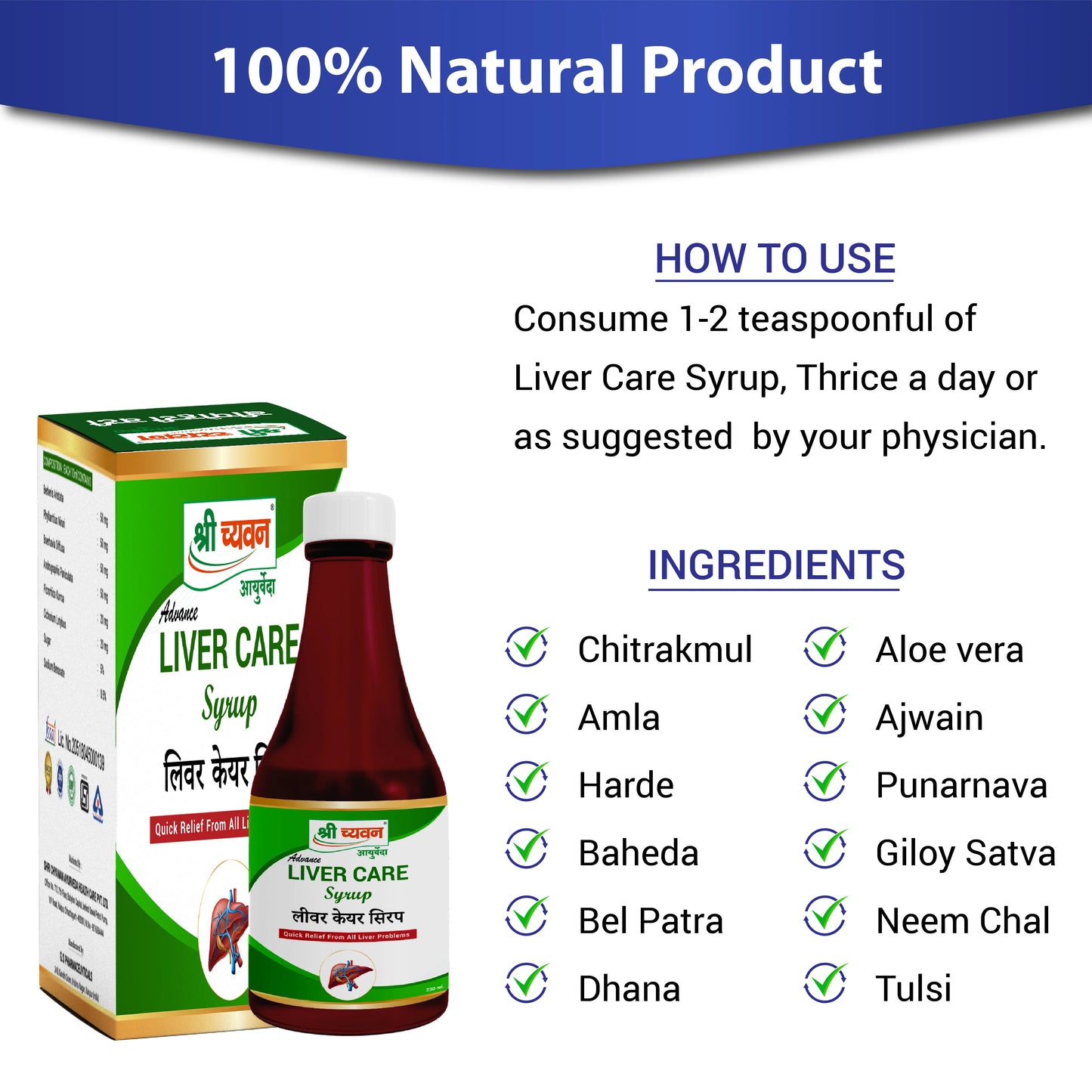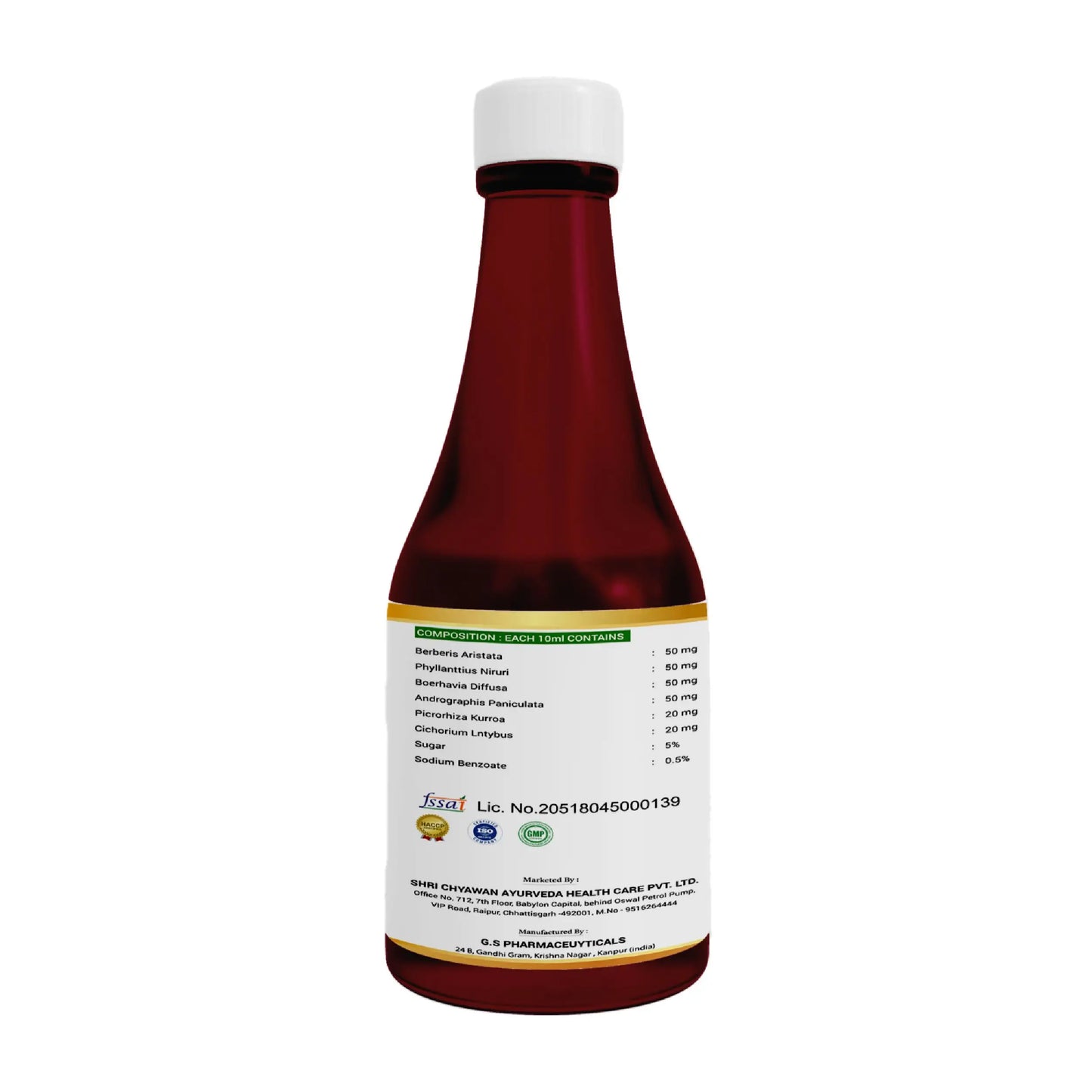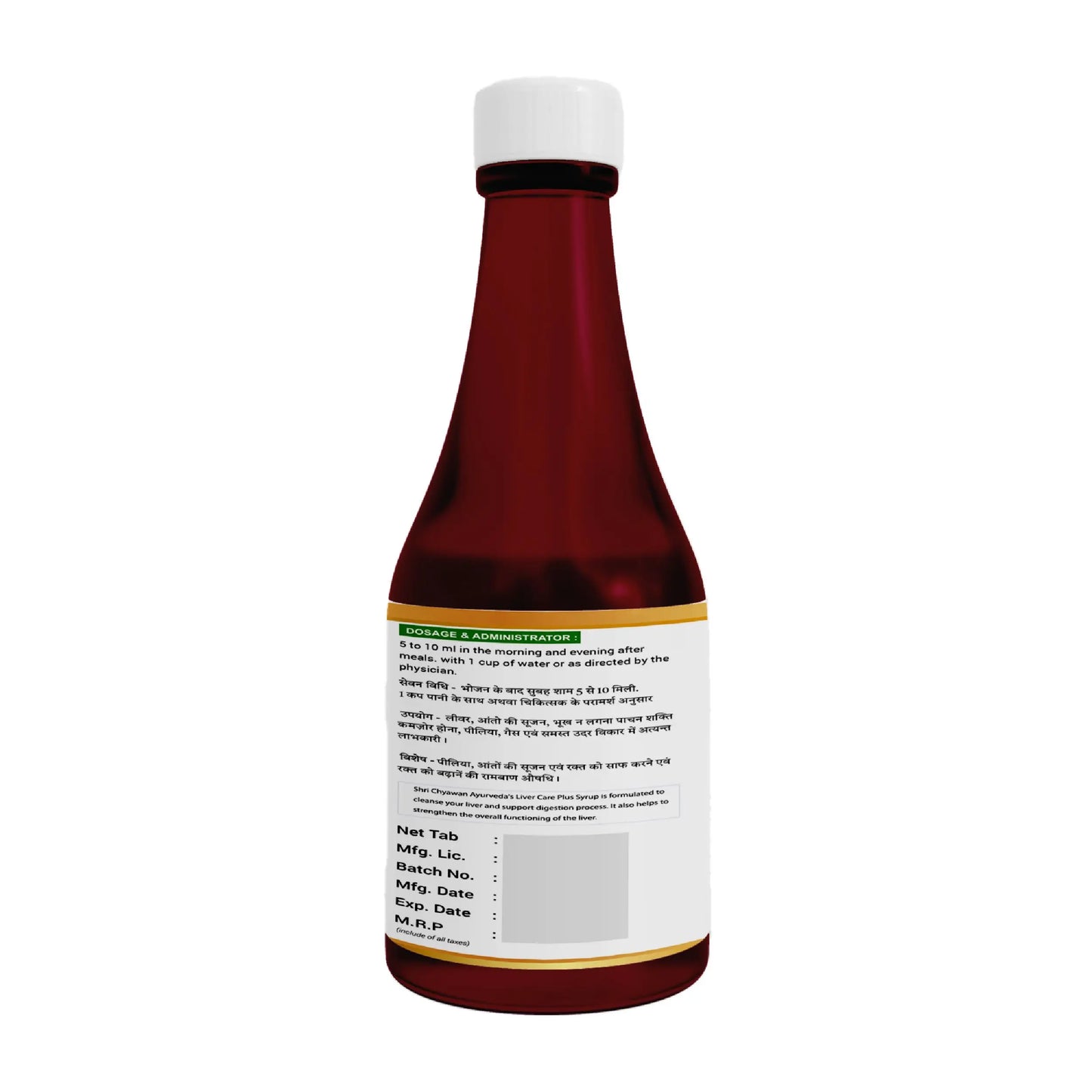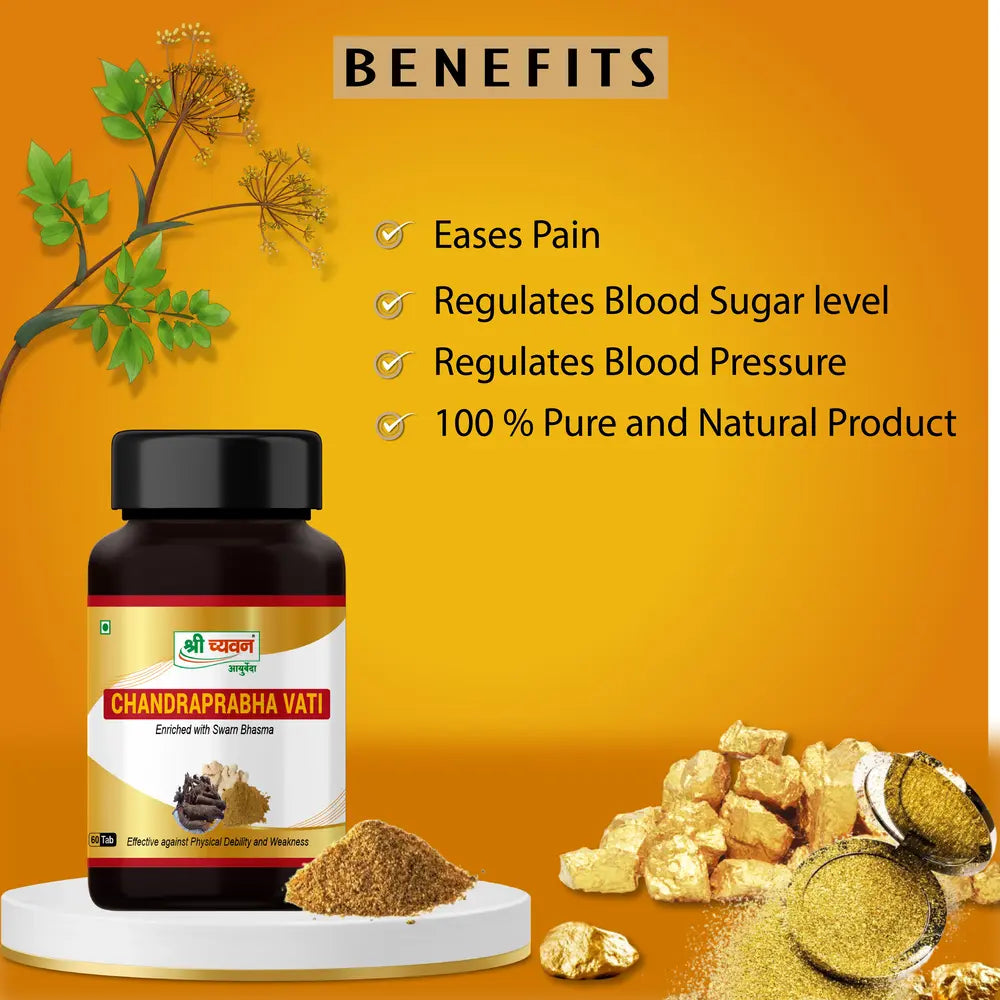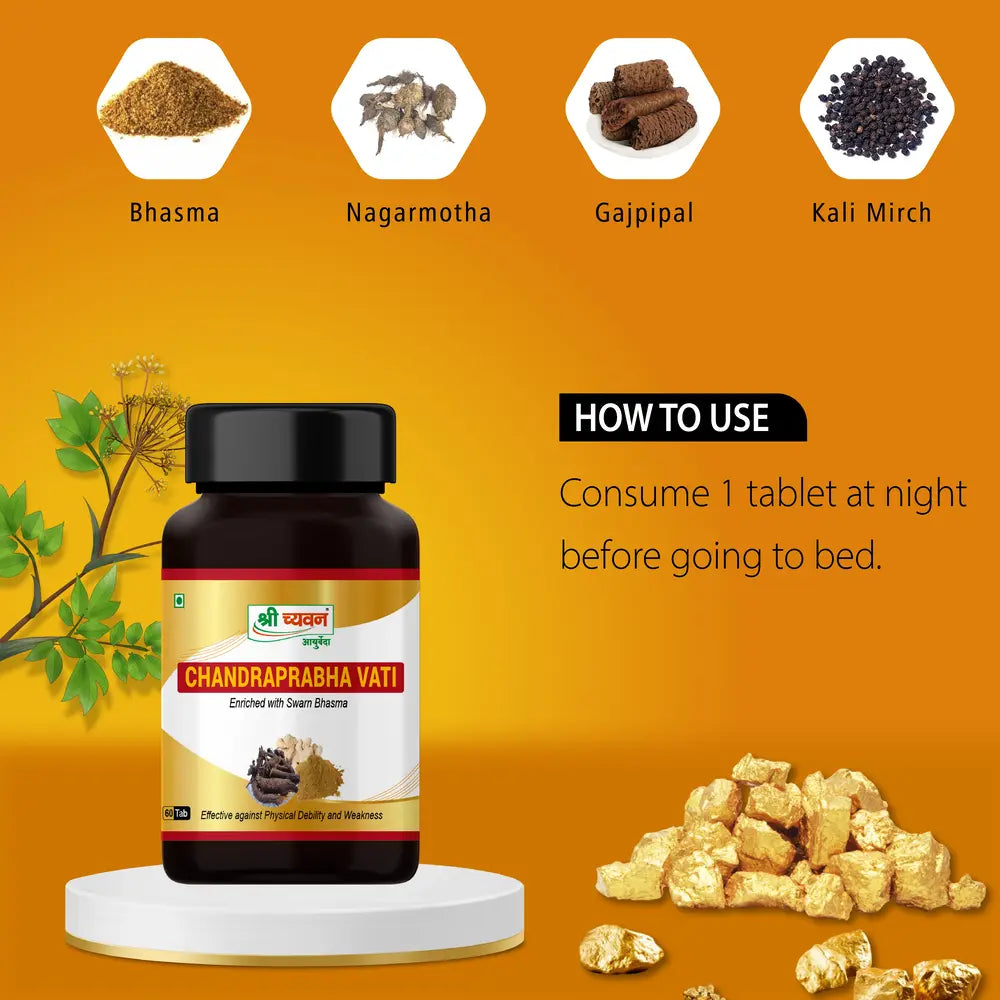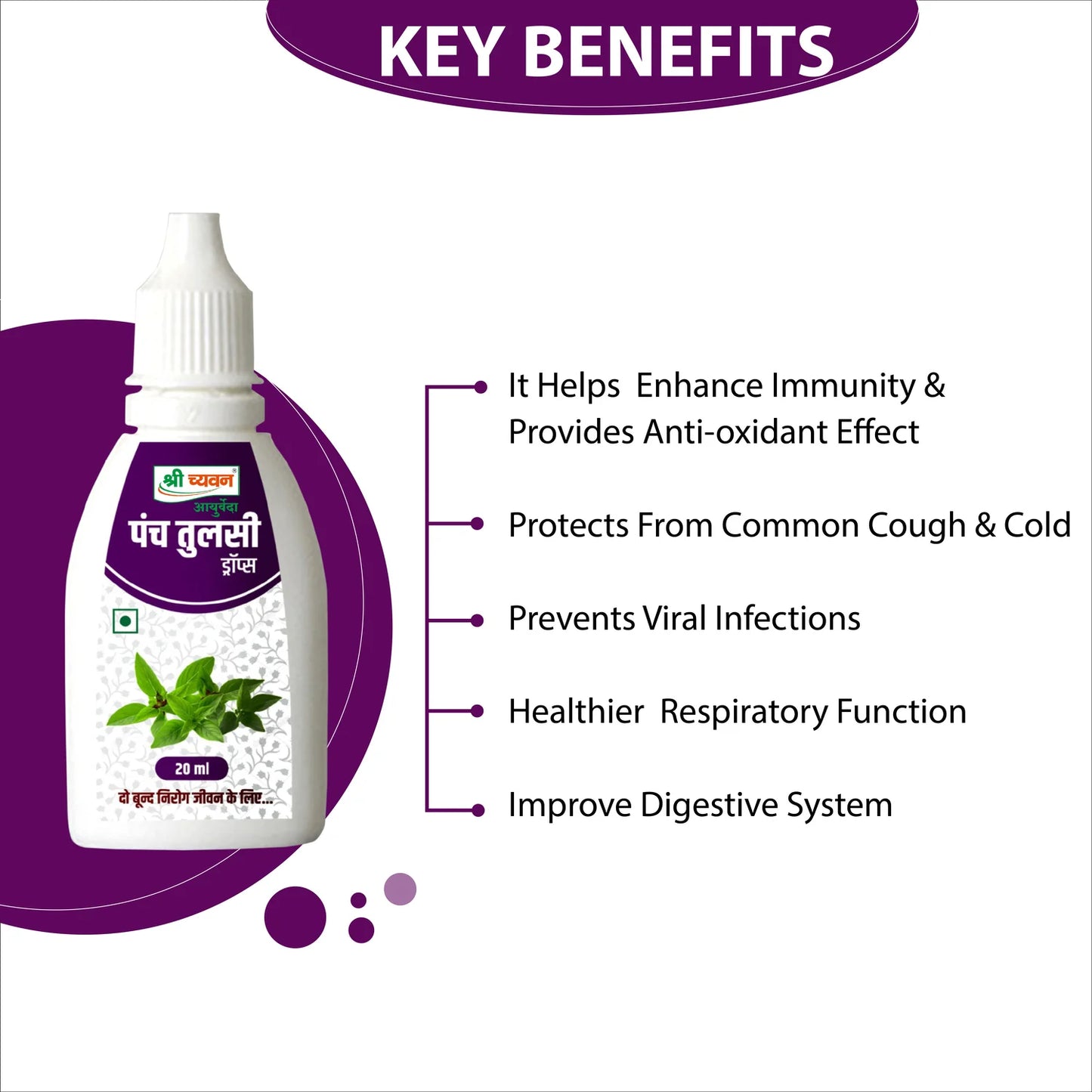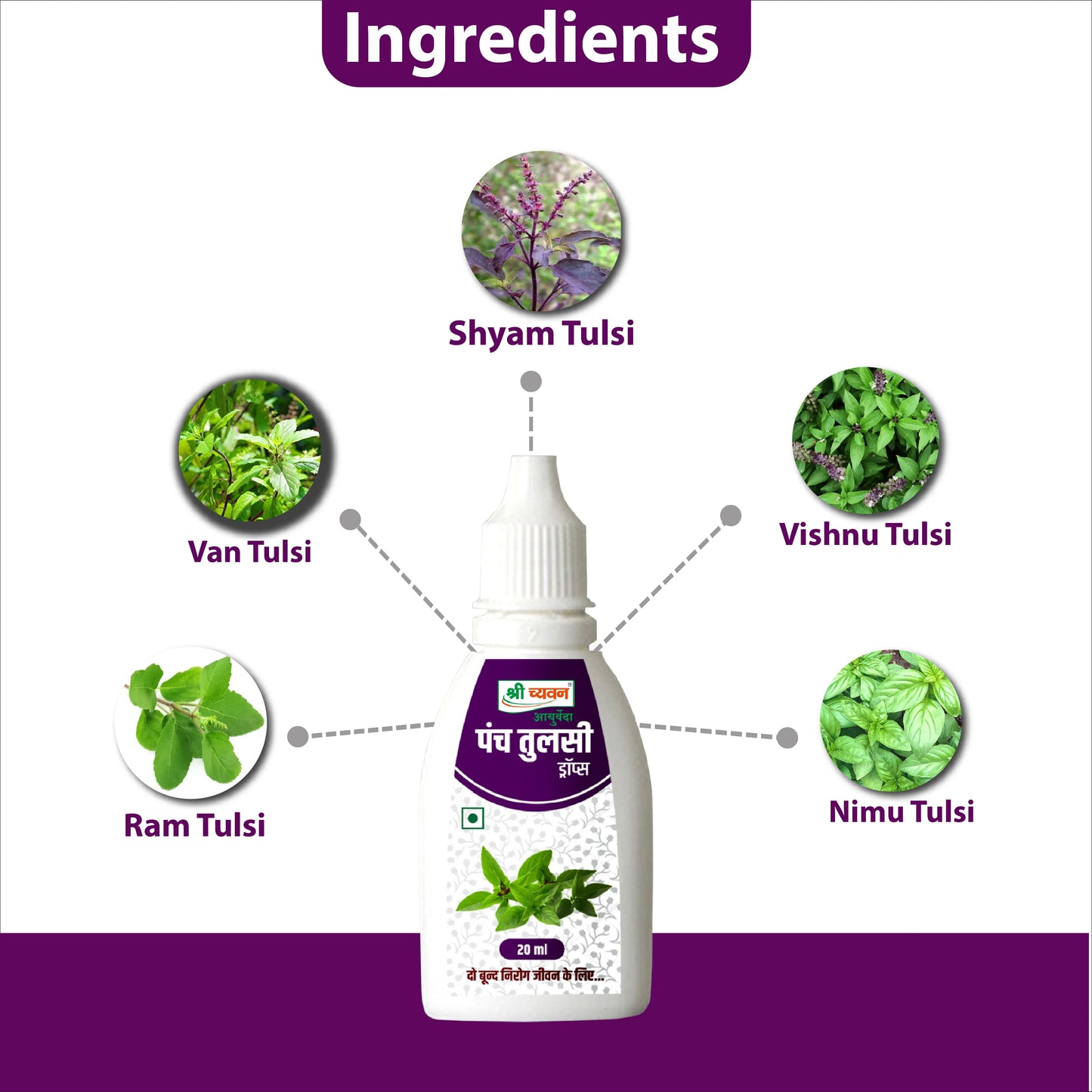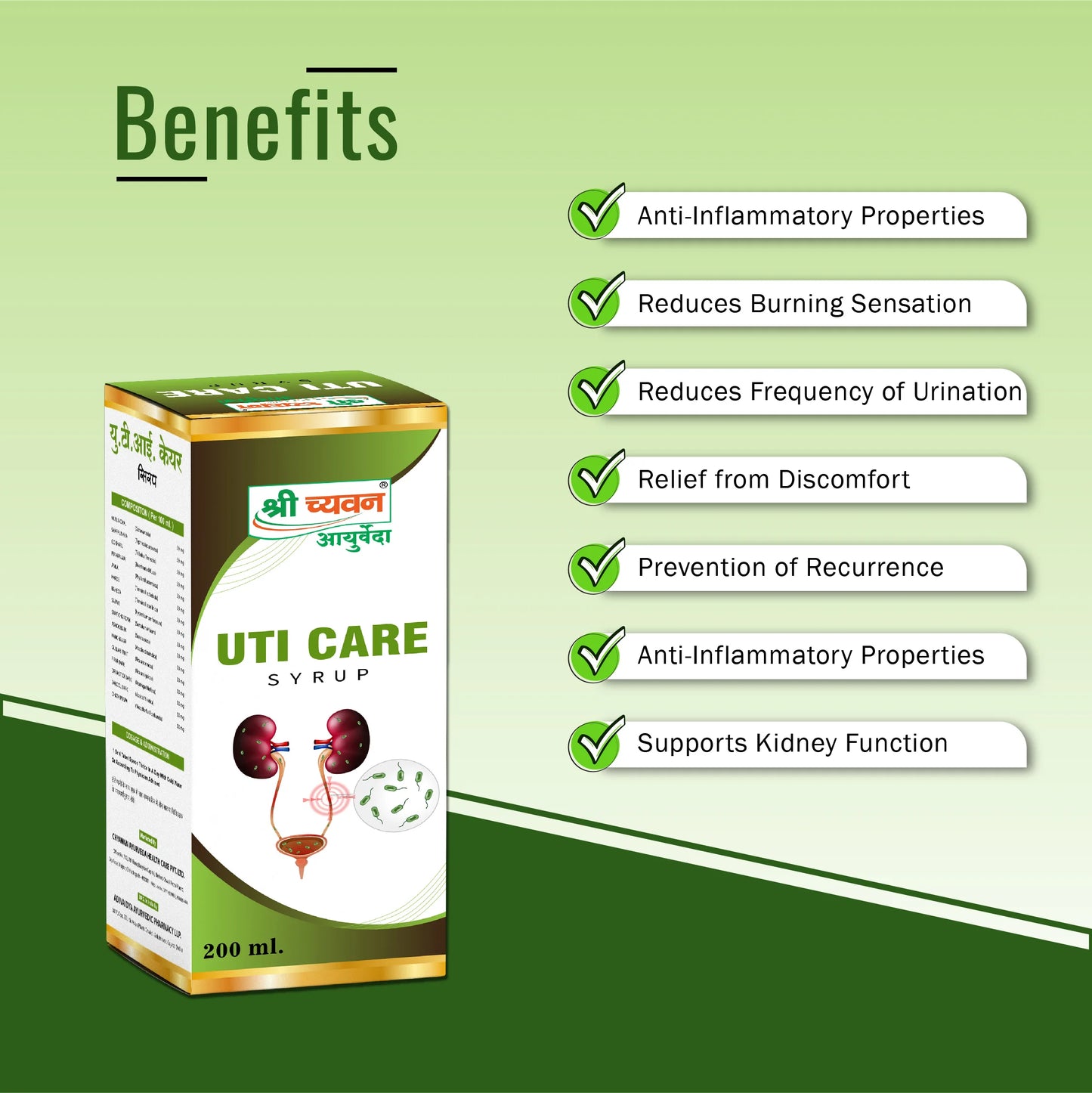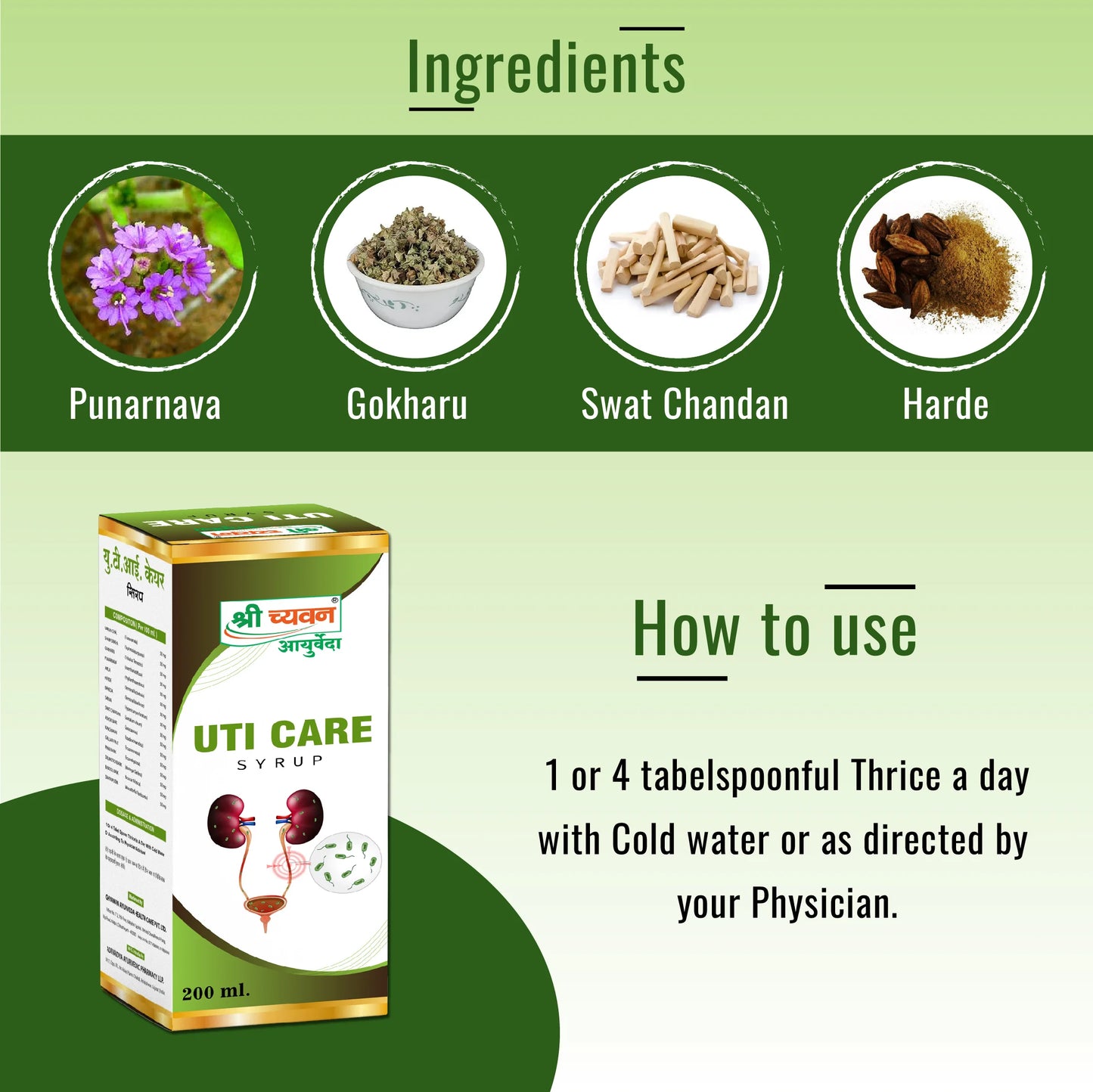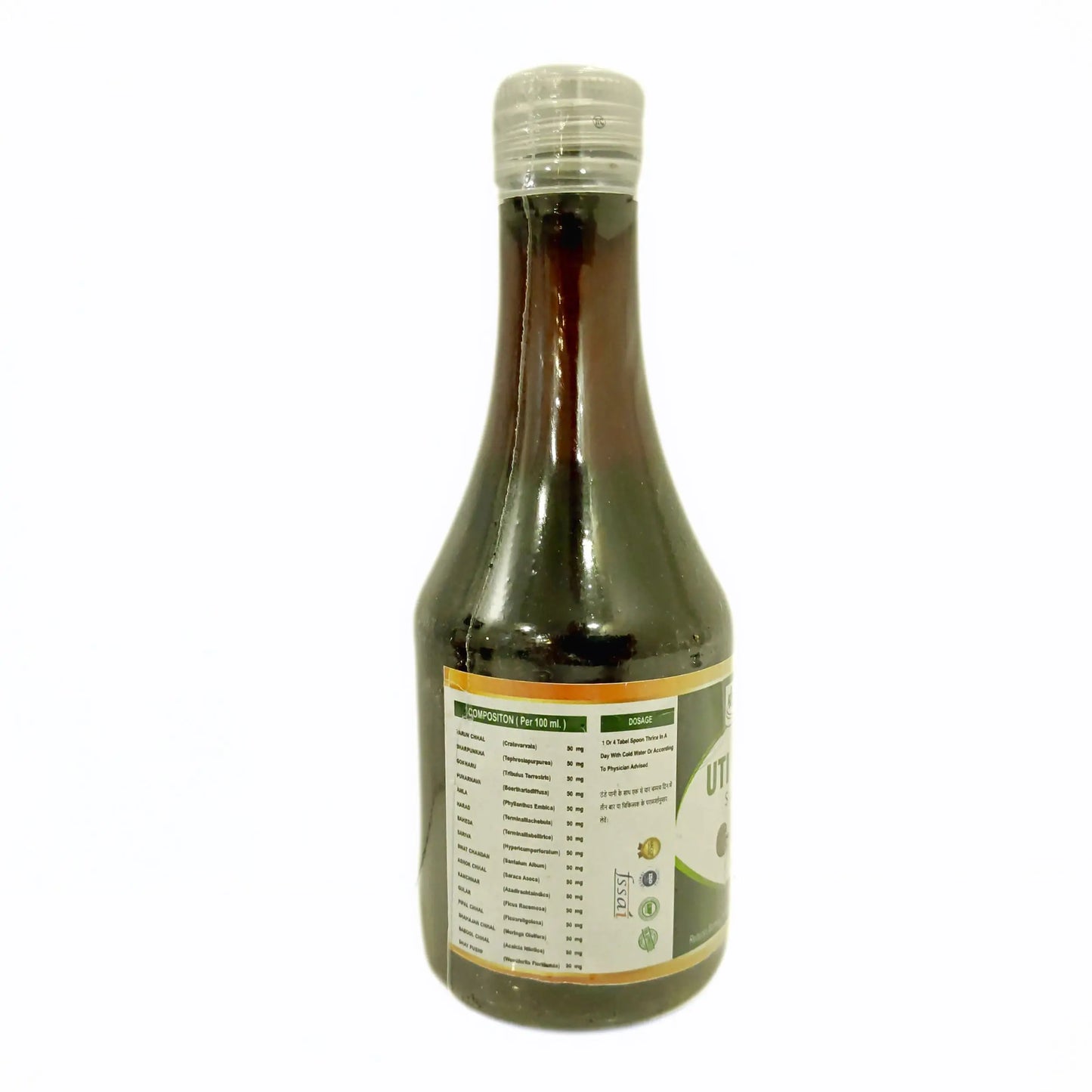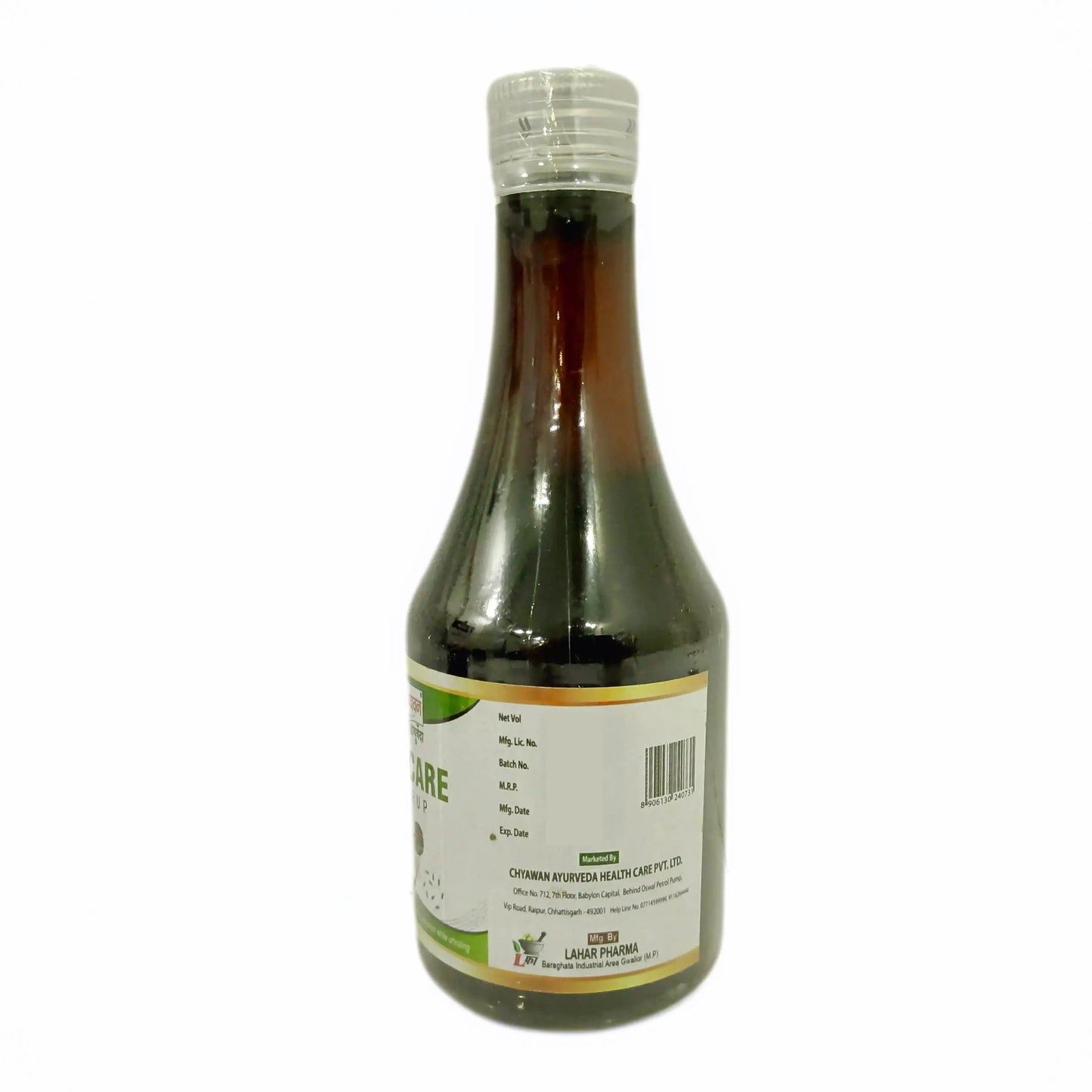Introduction – What is Fatty Liver & How It Affects Your Face?
Fatty liver occurs when excess fat builds up in the liver, affecting its ability to function properly. This can lead to toxin buildup in the body, causing various skin and facial issues. Common facial symptoms include yellowish skin, dark circles, acne, puffiness, and dull complexion. Identifying these early signs can help in timely diagnosis and treatment of fatty liver disease.
How Fatty Liver Impacts Your Skin & Face?
Fatty liver affects the body's detox process, leading to toxin buildup. This can cause yellowish skin, dark circles, acne, dryness, puffiness, and redness on the face. Poor liver function also affects blood circulation and nutrient absorption, worsening skin health.
Common Facial Symptoms of Fatty Liver
1. Yellowish Skin (Jaundice Sign) – Excess bilirubin buildup due to poor liver function can cause skin and eyes to turn yellow.
2. Dark Circles Under Eyes – Toxin accumulation and poor blood circulation lead to tired, sunken eyes.
3. Acne & Breakouts – Impaired detoxification results in skin inflammation, clogged pores, and frequent acne.
4. Puffy or Swollen Face – Fluid retention caused by liver dysfunction leads to facial bloating.
5. Discoloration of Lips & Tongue – Poor liver health can cause lips and tongue to appear unusually pale, dark, or reddish.
6. Dull & Dry Skin – Nutrient deficiencies and poor circulation result in dehydrated, lifeless skin.
7. Red or Blotchy Skin – Liver stress can cause redness or patchy skin, especially on the face and neck.
Recognizing these signs early can help in timely diagnosis and better liver care.
Causes of Fatty Liver Leading to Facial Symptoms
Fatty liver develops due to excess fat accumulation in liver cells, which affects detoxification and overall health. This can lead to visible facial symptoms. Common causes include:
1. Unhealthy Diet – Excessive consumption of sugar, refined carbs, and processed foods increases fat buildup in the liver.
2. Obesity & Sedentary Lifestyle – Lack of physical activity contributes to fat accumulation and poor liver function.
3. Excess Alcohol Consumption – Alcohol weakens liver cells, leading to inflammation and toxin overload.
4. Insulin Resistance & Diabetes – High blood sugar and insulin resistance contribute to non-alcoholic fatty liver disease (NAFLD).
5. Toxin Overload – Excessive intake of medications, chemicals, or pollutants stresses the liver, affecting skin health.
6. Nutrient Deficiencies – Lack of essential vitamins (B12, D, E) and antioxidants weakens liver detoxification.
7. Chronic Stress & Poor Sleep – Stress hormones and inadequate rest interfere with liver function and skin regeneration.
Addressing these causes through diet, lifestyle changes, and liver-supporting remedies can help improve both liver health and facial symptoms.
How to Diagnose Fatty Liver?
Fatty liver is diagnosed through:
-
Physical Examination – Checking for swelling or tenderness.
-
Blood Tests (LFTs) – Detecting elevated liver enzymes.
-
Ultrasound – Identifying fat accumulation in the liver.
-
Fibroscan – Assessing liver stiffness for fibrosis.
-
CT Scan/MRI – Providing detailed liver imaging.
-
Liver Biopsy (Severe Cases) – Confirming liver damage.
Early detection helps in effective management and prevention of complications.
Effective Treatments & Remedies
1. Medical & Lifestyle Changes – Maintain a healthy weight, exercise regularly, and avoid alcohol and processed foods.
2. Ayurvedic & Natural Remedies – Use herbs like turmeric, aloe vera, bhumi amla, and triphala to support liver detox.
3. Diet Tips for a Healthy Liver – Eat fiber-rich foods, leafy greens, healthy fats, and stay hydrated to improve liver function.
Making these changes can help reverse fatty liver and restore overall health.
Prevention: How to Keep Your Liver Healthy?
1. Maintain a Healthy Diet – Eat fiber-rich foods, leafy greens, fruits, and healthy fats while avoiding processed foods and excess sugar.
2. Stay Active – Exercise regularly to prevent fat buildup in the liver.
3. Limit Alcohol & Sugar Intake – Reduce alcohol consumption and avoid sugary drinks and refined carbs.
4. Stay Hydrated – Drink plenty of water to support liver detoxification.
5. Use Natural Liver Detoxifiers – Include turmeric, amla, aloe vera, and green tea in your diet.
6. Manage Stress & Sleep Well – Reduce stress and get at least 7–8 hours of sleep for better liver function.
7. Regular Health Checkups – Monitor liver health through routine blood tests and medical checkups.
Following these habits can help prevent fatty liver and maintain overall well-being.
Sri Chyawan Ayurveda's Liver Care Kit
Product Description: Shri Chyawan Ayurveda's Liver Care Kit has been formulated to primarily focus on problems related to non-alcoholic fatty liver diseases, alcohol-related liver diseases, Hepatitis, Hemochromatosis, etc. and it effectively provides relief. This kit is made using all herbal and natural ingredients and is safe to use. It consists of:
1. Chandraprabha Vati:
It reduces the level of Uric acid, which ultimately helps to provide relief from the pain in the liver and reduces swelling as well.
Ingredients:
It consists Swarn Bhasm, Vai Vidang, Chitrak Bark, Daruharidra, Devdaru, Camphor, Pipalmool, Nagarmotha, Pippal, Kali Mirch, Yavkshar, Vach, Dhania, Chavya, Gajpipal, Sounth, Sendha Namak, Nishoth, Dantimool, Tejpatra, Chhoti elaichi.
How to use: Consume 1 tablet at night before going to bed.
2. Panch Tulsi Drops: Shri Chyawan Ayurveda's Panch Tulsi Drops have been made with 5 forms of Tulsi that is Ram Tulsi, Van Tulsi, Shyam Tulsi, Vishnu Tulsi and Nimu Tulsi. It helps boost the immune system and build body's resistance. This drop is very effective to fight normal cold, cough, sore throat, etc.
Ingredients: Panch Tulsi Drops consist of extract of 5 types of tulsi namely: Ram Tulsi, Van Tulsi, Shyam Tulsi, Vishnu Tulsi, and Nimu Tulsi. It does not include any artificial colors, flavors, etc.
How to use: Add 1-2 drops of Panch Tulsi Drops in a cup of tea/coffee or in a glass of water, twice a day.
3. Uti Care Syrup: It is useful in Urine Infection and Urine blockages. It also acts as a detoxifier for your body and cleanses your system. It is an effective ayurvedic syrup for fatty liver treatment
Ingredients: It consists of mainly Varun Chal, Sharpunkha, Gokharu, Punarnava, Amle, Harde, Baheda, Sariva, Swat Chandan, Ashok Bark, Kanchanar, Gullar Fruit, Pipar Bark, Drumstick Bark, Babbol Bark, Dhatkipuspa.
How to use: Consume 1 teaspoon thrice a day with cold water or as directed by the physician.
4. Liver Care Syrup: An ayurvedic syrup for fatty liver is formulated to cleanse your liver It also helps to strengthen the overall functioning of the liver.
Ingredients: It consists of Chitrakmul, Amla, Harde, Baheda, Bel Patra, Dhana, Aloe vera, Ajwain, Punarnava, Giloy Satva, Neem Chal, and Tulsi.
How to use: Consume 1-2 teaspoonful of Liver Care Syrup, thrice a day or as suggested by your physician.
Conclusion & Final Tips
Fatty liver can impact overall health, including visible facial symptoms like yellow skin, dark circles, and puffiness. Early diagnosis and lifestyle changes can help reverse the condition.
Final Tips:
-
Eat a balanced diet rich in fiber, greens, and healthy fats.
-
Exercise regularly to prevent fat accumulation in the liver.
-
Avoid alcohol, excess sugar, and processed foods.
-
Stay hydrated and include liver-friendly herbs like turmeric and amla.
-
Manage stress and ensure proper sleep for overall liver health.
-
Get regular health checkups to monitor liver function.
By following these steps, you can protect your liver, improve skin health, and maintain overall well-being.
Free Consultation with our Expert Doctor- 📞📞 95162 64444





